We have much more to do and your continued support is needed now more than ever.
Can You Find These International Wildlife Species?
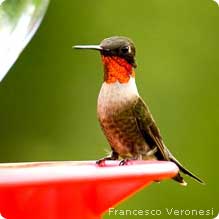
Multiple migratory birds that can be found in the United States travel south for the winter. They often journey to their homes overseas in warm places such as rainforests in South and Central America. If we want to see migratory species like the ruby-throated hummingbird and blackpoll warbler return to the U.S. each year, then we need to conserve their wide range of breeding, migration and wintering habitats.
Winter is one of the most popular times for people to travel as well, whether we study abroad, visit family or friends, or take a vacation. As you finalize your travel plans, see what wildlife species might live near your destination. You may spot some vulnerable species like these:
Pandas
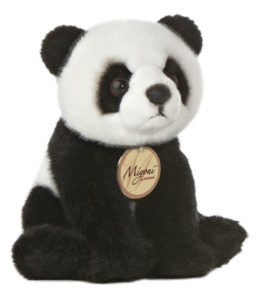
Unlike other bear species that live in temperate climates, giant pandas do not hibernate. Pandas spend most of their days resting, searching for food, and eating. Their diet consists almost entirely of bamboo stalks which also help act as a water source since bamboo is about half water.
Symbolically adopt a giant panda today! ![]()
Lions
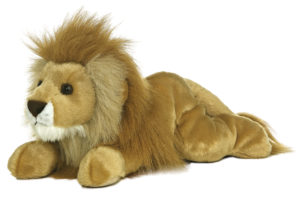
Often called the “king of the jungle”, African lions actually live in open savannahs. These carnivorous predators feed primarily on zebra, antelope, and gazelle. They are the only social member of the cat family and live in groups called prides. Female lions are the main hunters while the male defends the pride’s territory.
Symbolically adopt a lion today! ![]()
Anteaters
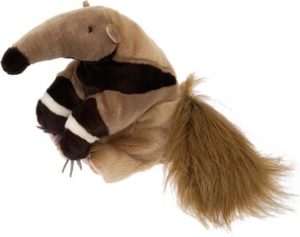
There are four different species of anteaters ranging in size. Silky anteaters are the smallest, about the size of a squirrel, while giant anteaters are the largest, sometimes growing to be seven feet long. Giant anteaters are considered a vulnerable species by the IUCN.
Symbolically adopt an anteater today!
Camels
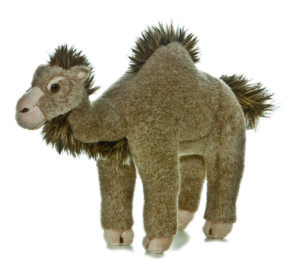
Dromedary camels, the more common of the two, can be found in North Africa and the Middle East, whereas Bactrian ones can only be found in three separated habitats in northwest China (Lake Lop, Taklamakan desert and the ranges of Arjin Shan). The IUCN has determined that Bactrian camels are critically endangered.
Symbolically adopt a camel today! ![]()
See other wildlife species available for symbolic adoption today! Your donation will be used where it is needed most to help protect imperiled wildlife.






















